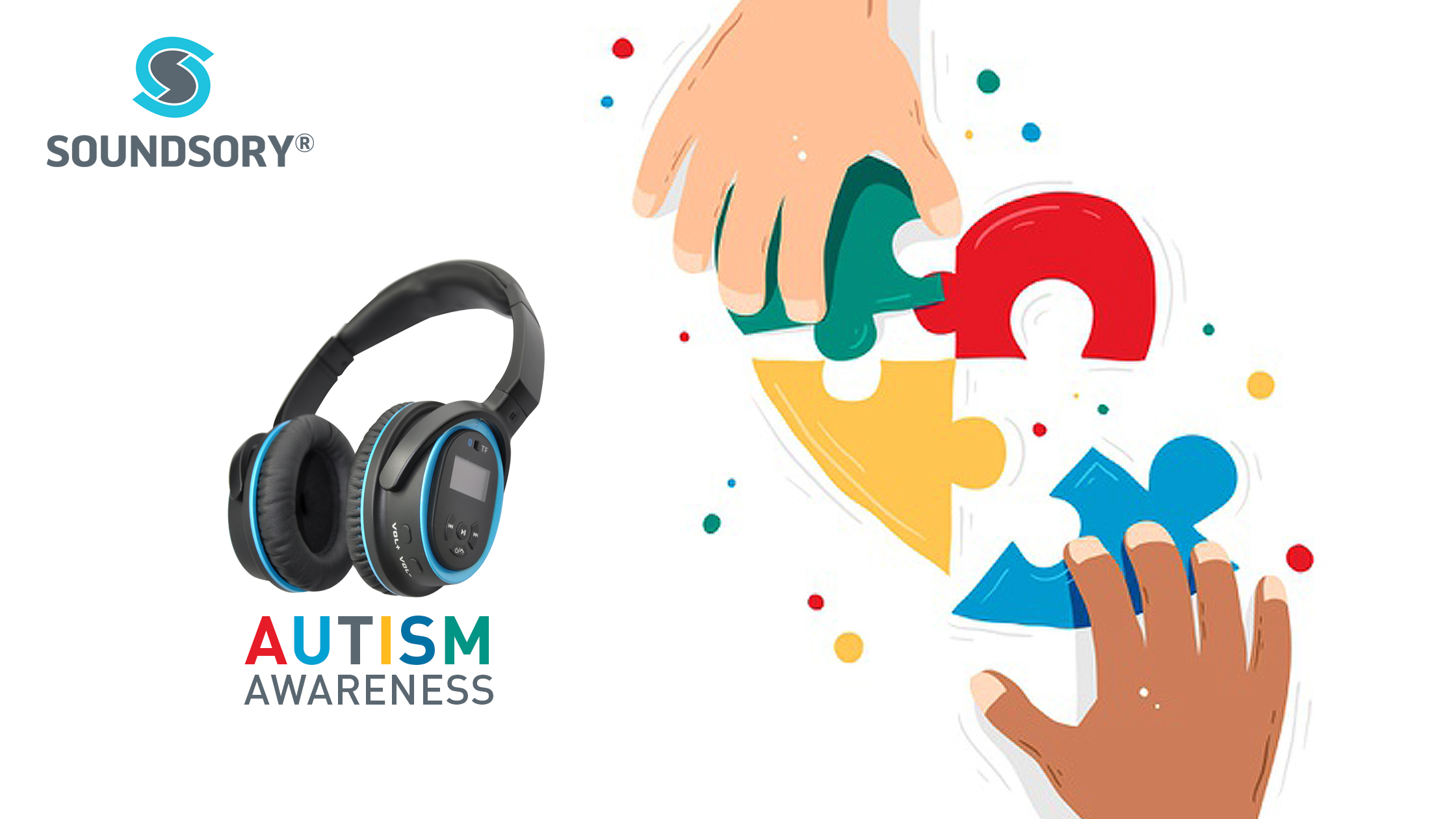
In a matter of months, the entire world has changed. We are all trying our best to adjust to new rules, new structures and new realities. And while that is overwhelming for just about anyone, it especially affects children with Autism Spectrum Disorder (commonly abbreviated to ASD), as they need a solid structure and predictable routines to be comfortable. This also adds a new layer of stress for parents, as they attempt to successfully manage this new indoor life with their children. After a year of lockdowns, parents of kids with ASD have done their best to prepare their children, by taking time to talk through what was happening, using visual count downs or preparing a new schedule to fit online learning or therapies. Here, we’ve compiled a list of tips and advice on how to best care for children with ASD during these uncertain times, in hopes of making this new state of things smoother and easier for both the kids and their caregivers.
Tip #1: Explain the reasons behind this new schedule.
First, start by explaining any changes openly and in detail to your child, as well as clarifying the reasons behind them. This will help the child assimilate these changes without becoming too upset or confused. Together with the child, parents can craft a new highly structured schedule without uprooting the entire structure of everyday life, by keeping to old routines such as meal times and bedtime, yet allowing for new activities.
Indeed, this new schedule needs to make room for many things that were formerly “outside” activities, which now take place inside the home. This includes school education, extra-curricular activities, various therapies, physical exercise, and social time with playmates.
Tip #2: Make physical activity a priority.
Make sure to allow for adequate physical activity time in the schedule: include motor activities, play activities, arts & crafts as well as simple home games that will provide both physical & mental well-being. A great way of doing this – while also improving your child’s motor and cognitive abilities – is to use a therapeutic home program, such as our Soundsory multi-sensory program, that contains specialized physical exercises tailored specifically for those struggling with areas of daily life such as spatial judgment, motor & cognitive skills, attention & focus, balance, memory, and timing. The exercises are designed to help children (and even adults) move with more ease and confidence. Another piece of advice is to pair these exercises with rhythmic music – such as the carefully crafted one found in our home-therapy program – as certain cadences and beats stimulate the vestibular system, responsible for motor functions.
Tip #3: Make learning fun.
As for online education, it’s understandably a struggle for any child to sit in front of a screen for hours on end, but your child with ASD will be even more distressed by this. Try to fit in other activities such as cooking or making crafts, as they promote reading, math and fine-motor skills without the rigidity of online classes. Try to also schedule “fun breaks” to enjoy some real play time. Children with ASD (as well as their parents and carers) need more in life than therapy and schedules, so insert little breaks throughout the day that are just for fun, with no pressure. You can draw together, play a game or dance to exciting music. The home therapy program we mentioned above contains carefully designed music that is easy enough to follow but stimulating enough to make this activity both fun and positive.
Tip #4: Pay special attention to sensory sensitivities.
Another thing to keep in mind is your child’s sensory sensitivities. Many children with ASD are hypersensitive to light, sound, touch, taste, and/or smell, while others are “under-sensitive” to sensory stimuli. As we are now all home together, this new environment can be distressing for your child. A good way to figure out how to help your kid adapt is to observe the sensations (like lights, smells, movements, etc.) that elicit a positive response, and craft activities around them. For example, if rhythmic movement is a great way for your child to come out of their shell and enjoy themselves, then the daily music & movement exercise in the Soundsory multi-sensory program are great ways to let the energy out while building confidence and bonding with your child. Other fun activities can also include what we think of as “chores”, like taking care of plants or pets, or helping to cook or clean. These activities have their smells and sounds, shapes and tastes, so find the activities containing the pleasing sensations and invite your child to help.
Hopefully the above has given you some ideas on how to make the transition into this new way of life a bit easier, for both yourselves and your amazing children.

